I'm trying to connect to a server over SSL/TLS using golang http/tsl client which is resulting in 'Handshake Faliure(40)' error, but for some reason, this same endpoint works with CURL command. After some debugging, I have collected the following data.
func PrepCerts(certMap map[string]string) (*http.Transport, bool) {
ok := false
tlsConfig := &tls.Config{}
if len(certMap["ca"]) > 0 {
caCert, err := ioutil.ReadFile(certMap["ca"])
fmt.Println("caCert : ", caCert)
if err != nil {
log.Fatal(err)
} else {
caCertPool := x509.NewCertPool()
caCertPool.AppendCertsFromPEM(caCert)
(*tlsConfig).RootCAs = caCertPool
ok = true
}
}
if len(certMap["cert"]) > 0 && len(certMap["key"]) > 0 {
cert, err := tls.LoadX509KeyPair(certMap["cert"], certMap["key"])
fmt.Println("cert : ", cert)
if err != nil {
log.Fatal(err)
} else {
(*tlsConfig).Certificates = []tls.Certificate{cert}
ok = true
}
}
tlsConfig.BuildNameToCertificate()
return &http.Transport{TLSClientConfig: tlsConfig}, ok
}
Code that uses above function
client := &http.Client{
Timeout: timeout,
}
//certMap = map[string]string{
// ca : "filelocation",
// cert : "filelocation",
// key " "filelocation",
//}
if transport, ok := PrepCerts(certMap); ok {
(*client).Transport = transport
}
resp, err := client.Do(req)






